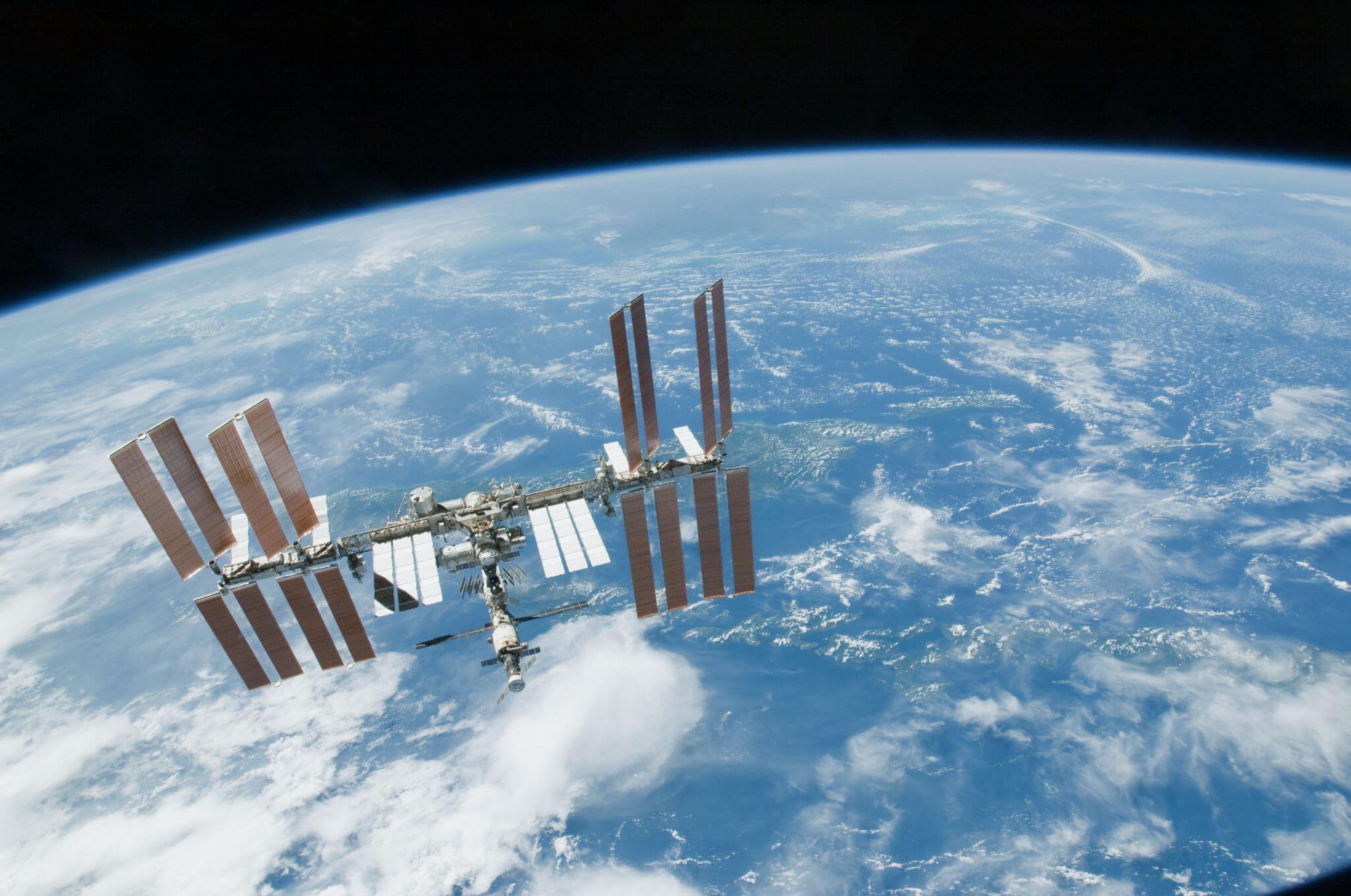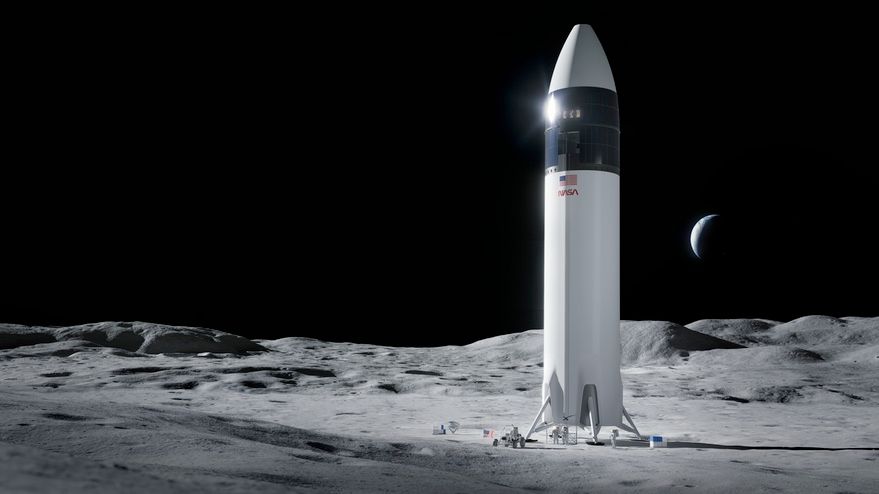The GRC told Hyperbola, “The research is investigating replacement of the ammonium perchlorate in future USA solid rocket boosters. Since the Space Shuttle is to be retired, the research would apply to only new space launch vehicles.”
The NASA centre is to purchase “items” from the Swedish Defence Research Agency to produce a “more environmentally friendly oxidizer for solid rocket boosters,” which is ADN
According to the GRC, “[research was ended] in this area in the late 1990’s due to the budget reductions from the work funded by the US Air Force Office of Scientific Research.”
ADN, at that time, was found to have some sensitivity to temperature that made its density low with poor packing of the oxidizer particles. Research undertaken by the Swedish Defence Research Agency could overcome these issues
The GRC interest follows questions at the US government’s Environmental Protection Agency about the safety of perchlorate and its possible levels in drinking water
The Space Shuttle’s SRB has ammonium perchlorate and this would be used for the Ares I CLV first-stage but the GRC work suggests that the new crew launcher could face another propellant change
While the CLV first-stage is baselined to use the Shuttle SRB propellant polybutadiene acrylonitrile, for the Ares I’s needs its solid rocket fuel has had its iron oxide content reduced for burn rate amelioration
However a complete change to a different fuel, to Hydroxy-terminated Polybutadiene, is also being considered for NASA’s Ares V cargo launch vehicle’s SRBs to improve the performance






